Changes in Ultraviolet Radiation
Por un escritor de hombre misterioso
4.6 (779) En stock
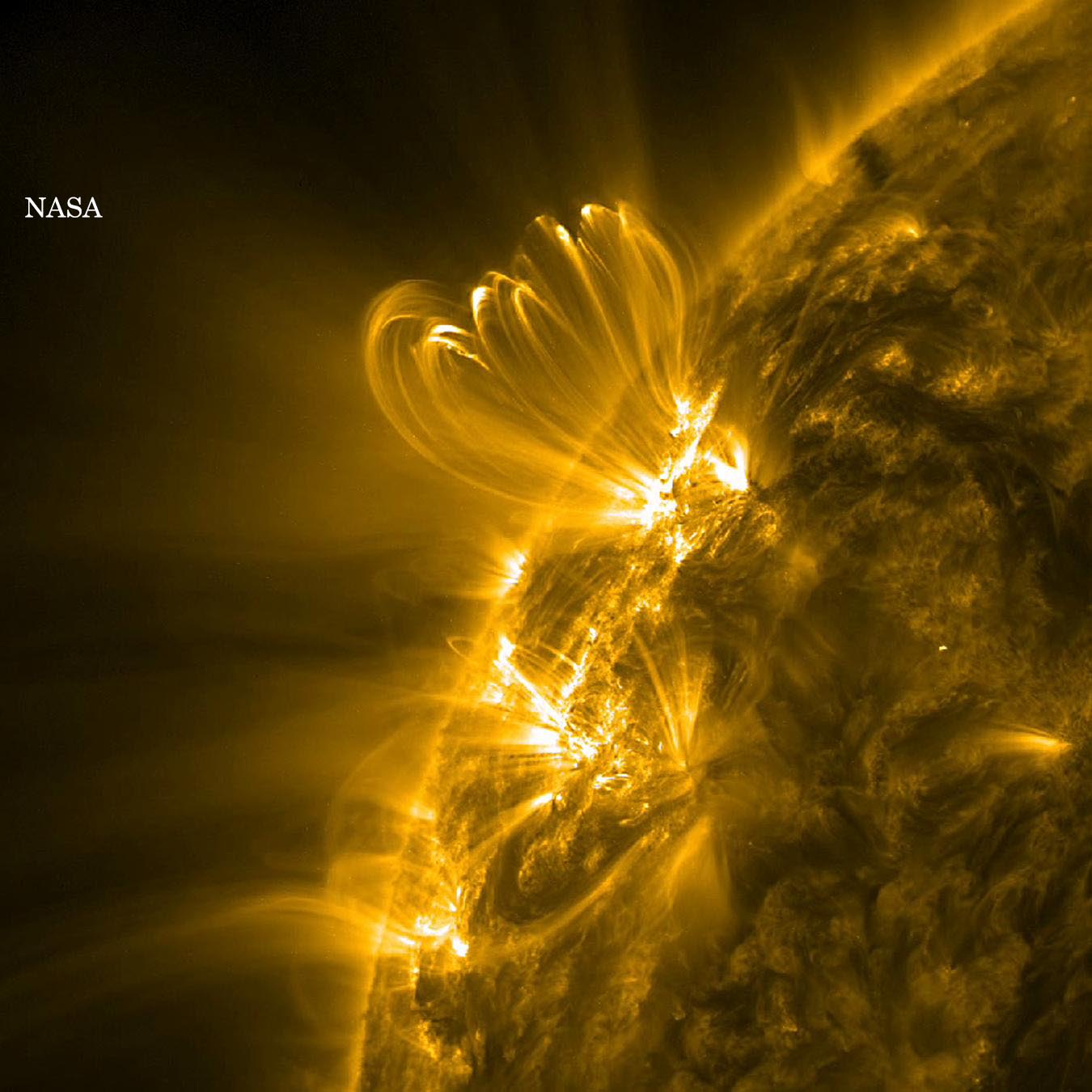
Ultraviolet (UV) radiation from the sun both affects and is affected by global climate change, and anything that that affects sunlight, affects UV. Decreased stratospheric ozone allows more harmful UVB (a higher-frequency, more damaging type of UV) to reach the Earth’s surface and cause DNA damage in plants and animals. Increases in cloud cover, pollution, dust, smoke from wildfires and other airborne and waterborne particles related to climate change decreases UV light penetration. While UV radiation contributes to sunburns and cancer, it’s also responsible for Vitamin D synthesis required for bone health and disease prevention in humans. Therefore understanding what factors affect, or are affected by, changes in UV radiation is important for human health, as well as ecosystem function. Ultraviolet radiation affects many processes connected with the carbon cycle. It inhibits photosynthesis in plants and algae, particularly phytoplankton which produce roughly half of the oxygen in the atmosphere. Ultraviolet radiation has both positive and negative effects on nutrient cycling and decomposition. On the positive side, UV degrades colored dissolved organic matter (CDOM), making these compounds more available for nutrient-cycling bacteria, and “cleans” water, making light more available to aquatic photosynthetic organisms. However, UV can slow growth and potentially kill nutrient cycling bacteria. The balance between “cleaning” and “killing” depends on water depth and clarity. Tidal wetlands are sources of CDOM to estuarine and coastal waters, and thus have a major role in the UV transparency and carbon budgets of these ecosystems. Understanding the water and carbon exchange between tidal wetlands and estuaries helps us understand how UV might affect these ecosystems, and sheds light on how we manage natural resources and carbon budgets in the context of climate change.

Solar Ultraviolet Radiation: Modelling, Measurements and Effects (Nato ASI Subseries I:, 52): Zerefos, Christos S., Bais, Alkiviadis F.: 9783540627111: : Books
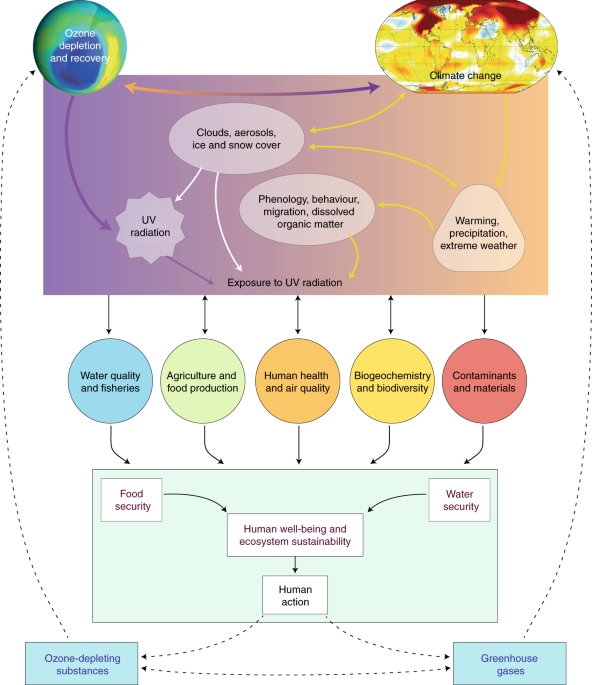
Ozone depletion, ultraviolet radiation, climate change and prospects for a sustainable future

Explain- Why are tobacco,alcohol and ultraviolet radiation listed as carcinogens in the table?

Ultraviolet radiation
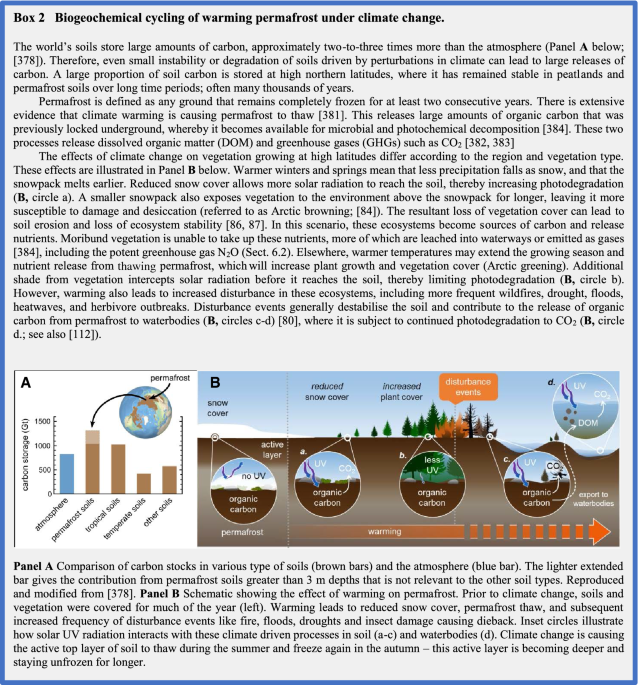
Interactive effects of changes in UV radiation and climate on terrestrial ecosystems, biogeochemical cycles, and feedbacks to the climate system
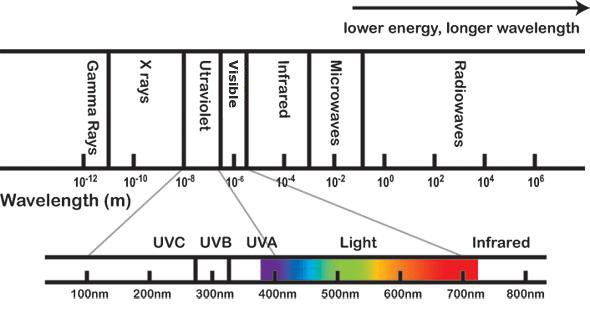
Ultraviolet radiation
Ultraviolet radiation and human health

PDF) Solar ultraviolet radiation and ozone depletion-driven climate change: effects on terrestrial ecosystems

Photosynthetica: Changes in ultrastructure, photosynthetic abilities, and secondary metabolite due to individual and interactive effects of chromium and ultraviolet-B radiation in Adhatoda vasica

How to Stay Safe From UV Radiation [Infographic]
Could a novel UV light device inactivate SARS-CoV-2 on surfaces?
For $1 per person, UV light can help protect world from virus, scientists claim
4 Questions to Ask About UV Light Characterization
 Tapete de banheira, tapete de banheira e chuveiro extralongo 99X27
Tapete de banheira, tapete de banheira e chuveiro extralongo 99X27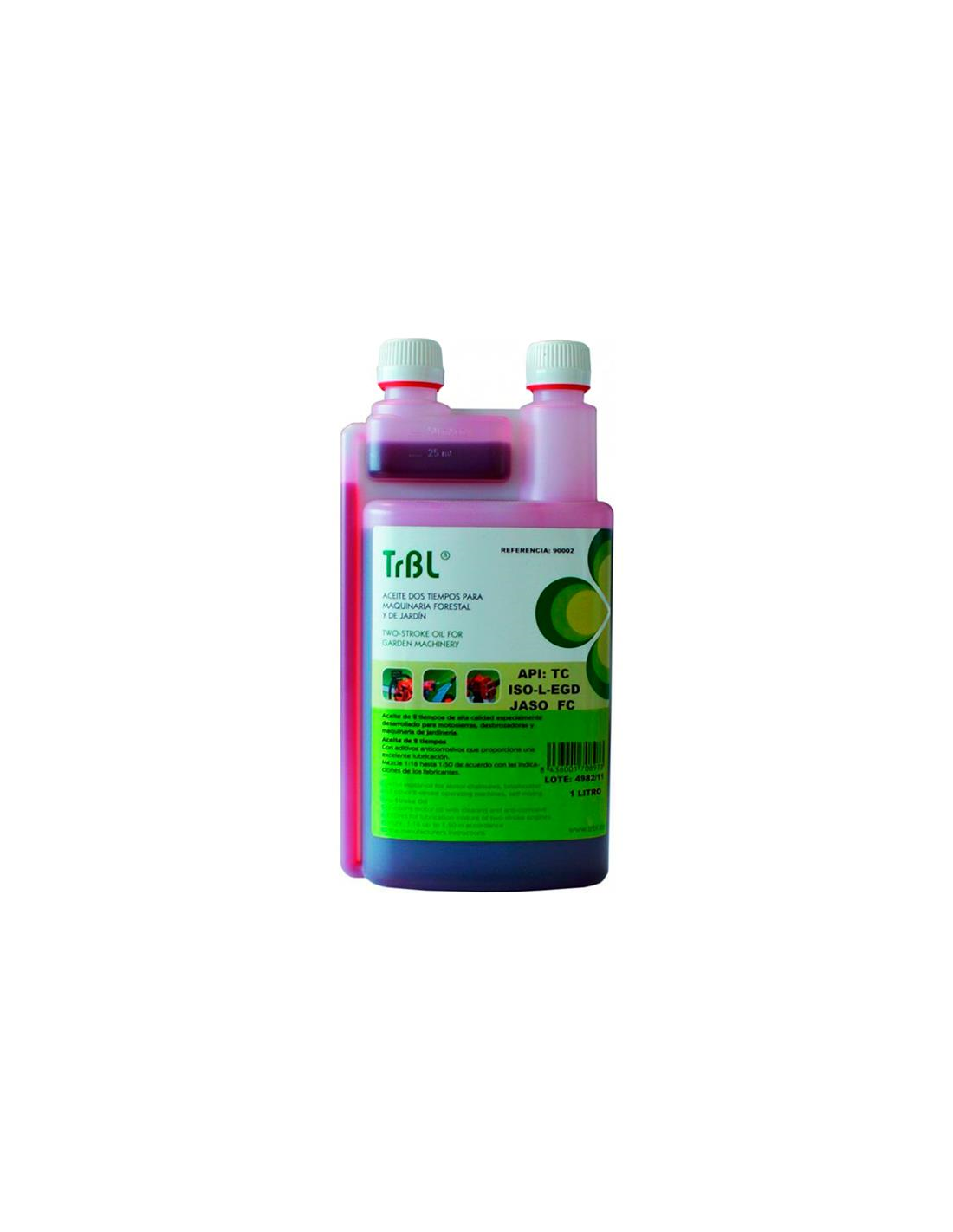 ACEITE TRBL 2 TIEMPOS - 1 LITRO CON DOSIFICADOR
ACEITE TRBL 2 TIEMPOS - 1 LITRO CON DOSIFICADOR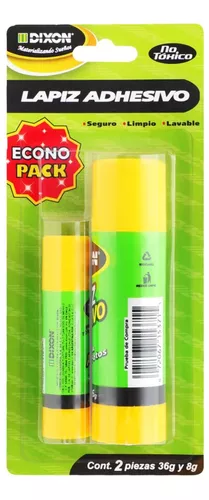 Lápiz Adhesivo Pegamento Barra Blanco Escolar Dixon 8 Y 36g
Lápiz Adhesivo Pegamento Barra Blanco Escolar Dixon 8 Y 36g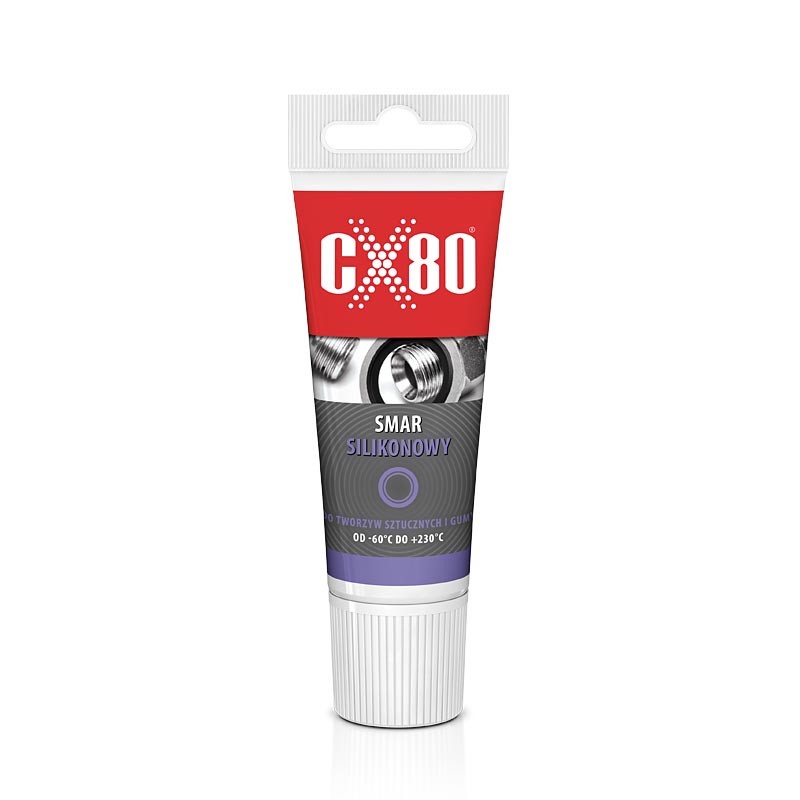 Grasa de Silicona tubo 40g. • Electro - Maquinaria (protección de corriente)
Grasa de Silicona tubo 40g. • Electro - Maquinaria (protección de corriente) Bolsas de cumpleaños infantiles Bolsitas para cumpleaños, Bolsas
Bolsas de cumpleaños infantiles Bolsitas para cumpleaños, Bolsas Nuevo OPPO Reno 11 y OPPO Reno 11 Pro: ficha técnica con características y precio
Nuevo OPPO Reno 11 y OPPO Reno 11 Pro: ficha técnica con características y precio